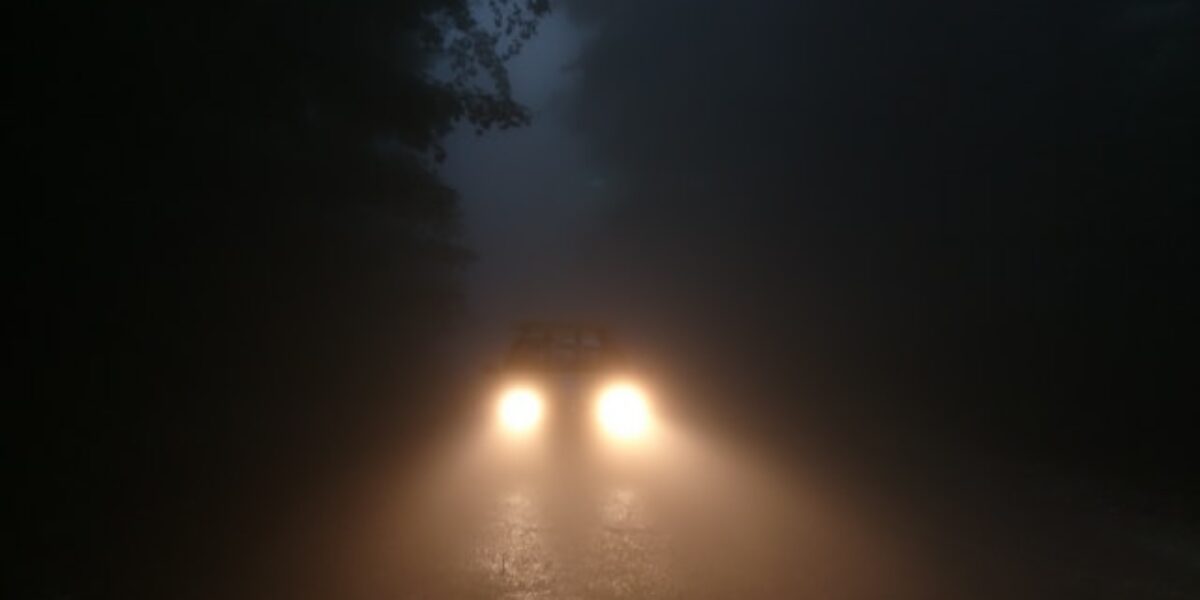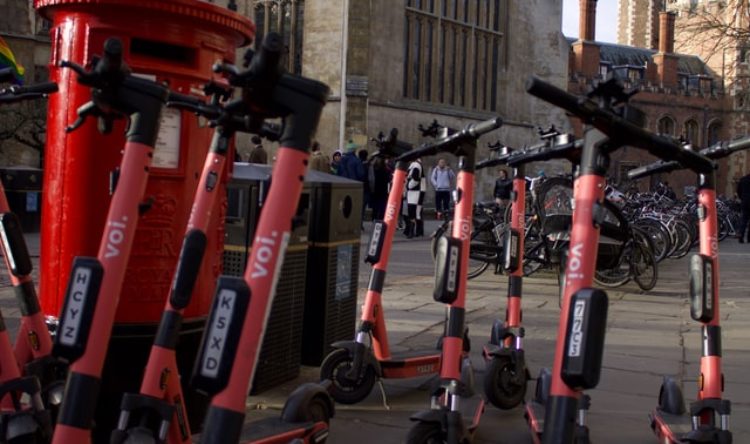Drivers in the dark
Beware the limits of modern tech when it comes to lights in winter
Automatic headlights might seem like they’re one less thing to worry about when driving. However, John Clark Motor Group have issued a warning for drivers relying on their automatic headlight function this winter.
The experts explain that the unpredictable British winter weather can interfere with our cars automatic headlight feature. Frost, fog and snow can potentially impact the effectiveness of the sensors used, causing them to work incorrectly.
Chilling technology
As winter blankets the world in a frosty embrace, the seasonal chill brings with it a range of challenges for motorists.
Among the various components of our vehicles that feel the impact of the cold, drivers must ensure their headlights are operating safely, and correctly.
While automatic headlights might feel like they make our lives much easier, there are potential dangers of relying on them.
The automatic headlight control system works by detect brightness from the great outdoors through sensors. Headlights are activated when the sensor senses a drop in light below a set level.
However, the harsh and unpredictable British winter weather can prove to be a challenge for this feature. Sensors, however well designed, can struggle in extreme conditions. This is why it is essential motorist do not rely on these systems 100%, and remember that it they who are ultimately in control of the vehicle. Dampness, freezing conditions, fogs confusing effects can all undermine the sensors.
In the dark
Daytime running lights are also an area of confusion. Many new vehicles activate white headlights at the front of the vehicle, but leave taillights in the dark. For drivers, it often seems as if the lights have switched on at night or in inclement weather. Unfortunately, it i often just the daytime running headlights that are on, not the rear lights. This could lead to drivers behind you not seeing the back of your car, increasing the risk of a rear end collision.
In order to avoid the risk of not being seen on the darker roads during the winter seasons, John Clark Motor Group recommended not relying on the automatic setting. Instead, manually changing headlights to the correct settings in the winter months can prove a safer bet. It means the drivers is clear on whether the lights are one and effective when they need to be, ensuring better visibility on the winter roads for the driver and all other road users.
Rely on yourself
“It’s imperative that drivers are careful driving their vehicles in winter conditions,” states a spokesperson from John Clark’s. “The night’s are darker for longer, and the chances of fog, snow, and ice are never far away.
“Besides the usual icy windows, and cold interiors, headlights are a serious asset to a car and shouldn’t be ignored.
“If you’re ever in doubt about your headlights, always turn your headlights to the appropriate setting manually each time you get into your car to ensure a safer driving experience in winter.”





